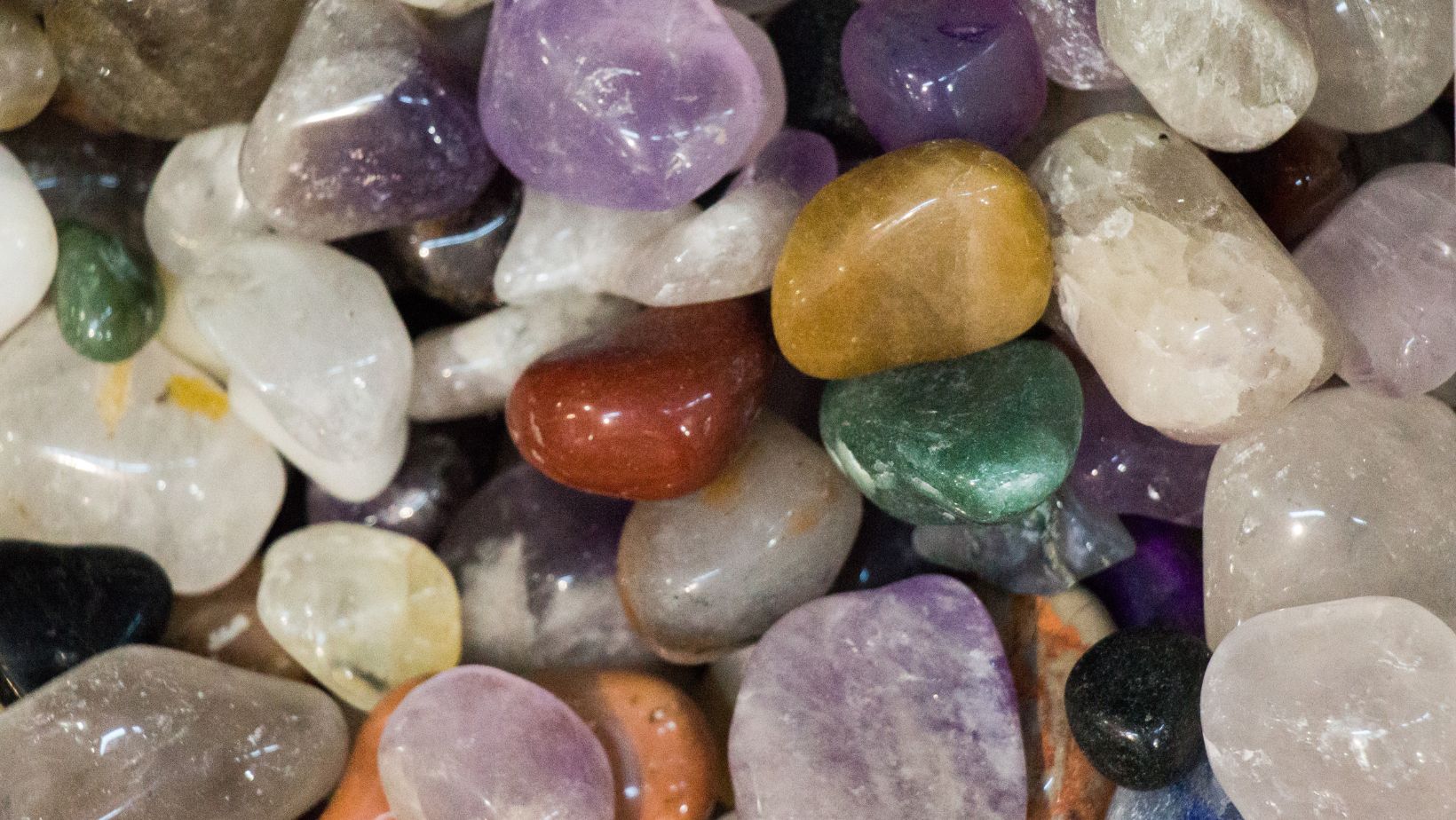Gemstones make perfect centrepieces for any jewelry piece. These crystals are the main attraction that draws people to purchase necklaces, rings and the like. There are over a hundred different types of gemstones on Earth that can be made into jewelry. The selection of the right gem can leave a long-lasting impression.
If you don’t know much about gemstones, this article is ideal for learning about these precious stones, their distinctive features that you can use for identification, and the many types available on the market.
Table of Contents
ToggleWhat are Gems?
A gem is a crystalline or glassy stone found beneath the Earth with certain qualities, such as beauty and durability that make it ideal for creating jewellery and adornments. The characteristics a rock possesses are what make it a gemstone.
Firstly, most gems are relatively rare; they have a specific lustre, appearance and colour that is appealing to look at; while some rocks may be beautiful, they cannot be used as gems as they are soft and easily broken.
Are all Gems Made of Mineral Material?
Most precious gemstones used in jewel making, as can be evidenced on the Best Brilliance website for example, are minerals. However, mineraloids like obsidian, lapis, and opal can also be considered gemstones. In some cases, organic matter can be regarded as gems. Pearl and amber are great examples of substances created by living organisms that are used to make necklaces, rings and pendants.
What Makes a Rock a Gem?
Before you can call a material a gem, it must have certain qualities. The 4Cs are a valuation method developed by the Gemological Institute of America. This system uses four key factors to decide a gemstone’s value. They are:
- Colour
- Cut
- Carat
- Clarity
Colour
Gemstones come in diverse colours and shades that make them unique. Common colours of gems are red, orange, yellow and white. Some gemstone colours like purple, blue and pink hold more value as they are harder to find with that natural colour beneath the Earth’s crust.
Cut
Some jewelry buyers may prefer their gemstones as whole crystals that haven’t been altered or polished as they believe it looks better, but many jewellers will tell you that a cut enhances the natural beauty of a gemstone.
A cut is how a gem has been shaped and polished to improve its appearance when viewed under light. A well-cut gemstone is highly valuable as it usually has good symmetry and ideal proportions, allowing it to shimmer and adequately reflect light.
Carat
Carat is a standard measurement used to determine how heavy or light a gem is. Under normal circumstances, bigger diamonds are more valuable than smaller ones, but a smaller diamond may sometimes be more expensive when the colour, gem cut, and other factors are considered.
Clarity
Clarity in gemstones is how clear and free of flaws a gem is. Flaws are blemishes that make a diamond less visible when viewed under light.
These blemishes can be mineral inclusions, needles, scratches on the stone’s surface and other imperfections. A gemstone with more flaws naturally tends to be less valuable than one without flaws.
Origin of Gemstones: How are They Formed?
Gems are formed over millions of years through various processes, and mineral-based stones are formed through geological processes involving mineral crystallization under igneous, metamorphic, and sedimentary environments.
Obsidian, a mineraloid, is a glassy material formed when lava from a volcano cools rapidly, preventing crystallization. Organic-based gems like amber are made from tree resin formed from damaged trees buried beneath the Earth and hardened over millions of years.
Types of Gemstones
Gems are classified into two groups based on their value –precious or semi-precious. Precious gems are rare and more sought after for their beauty and durability. Some precious gems are:
- Diamond.
- Ruby
- Sapphire
- Emerald
Semi-precious gemstones are more commonly found, unlike precious stones, and while less expensive, are still beautiful in ornaments. Some semi-precious stones are:
- Amethyst
- Garnet
- Topaz
- Opal
Role of Gems in History and Culture
The history of humanity is closely related to precious stones. In earlier times, Egyptians, for example, used them in trinkets and amulets because they believed they possessed the power of healing and protection.
Ancient Greece and Rome also linked precious stones to wealth, power, and status. These gems adorn jewelry, armor, and other items considered luxurious.
Other cultures also believe that a person’s destiny is associated with certain astrological signs based on gemstones. The Navaratna is an example of a gem being used religiously. In Hinduism, Navaratna are nine gemstones believed to bring luck and prosperity to an individual.
A Sparkly Conclusion on Gems
A glowing, beautiful crystal instantly improves the appeal of any jewelry piece. Here, we’ve covered the essential things you need to know about gemstones. A better understanding of these stones will help you select what aligns with your needs and make an informed decision the next time you go jewellery shopping.
Based on your new found knowledge, now is the time to seek out the most suitable gemstone for you – or someone special.







